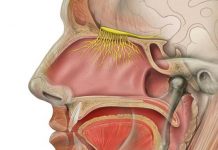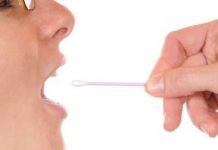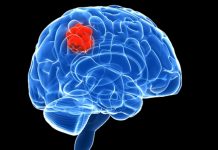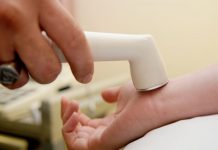 If your child is affected by lymphoma cancer, you can treat it by certain methods which are discussed here.
If your child is affected by lymphoma cancer, you can treat it by certain methods which are discussed here.
Lymphoma means cancer that originated from lymphatic tissue.
In United States, 1,700 children less than 20 years are affected with lymphoma cancer.
Based on the appearance of the cancerous cells, the lymphoma cancer is of two types.
Lymphoma cancer or Hodgkin’s lymphoma is having specialized malignant cells called Reed-Sternberg cells in lymph tissue or lymph nodes. 3 out of 100,000 children of America are affected by this.
The symptoms of this disease are painless swelling in under arm, neck with lymph nodes above collar bone or groin.
Non –Hodgkin’s lymphoma (NHL) is found in 500 kids of United States. Your child can be affected before 3 years of age. It is due to the malignant growth of the lymphocytes. This growth is also observed in the leukemia form. In children, it is difficult to differentiate between leukemia and lymphoma.
Risk of lymphoma cancer in children:
Whites and children with weak immune system are mostly affected. The radiation therapy and chemotherapy treatments given to your kids to treat other cancers can lead to higher risk for developing the lymphoma cancer in your children.
The non-inherited mutants (in the genes) are responsible for lymphoma cancer. Regular check-ups can lessen the symptoms of lymphoma. The physical exam is conducted to check the swellings of lymph nodes and infection.
Biopsy is done by using a needle-aspirator instrument. Under the local anesthesia, the affected tissue is removed by using the thin needles that make small incisions in the lymph nodes on chest. These samples are tested in laboratory for the lymphoma.
To know the affected area, the following tests are conducted:
- Aspiration or bone marrow biopsy
- Ultra sound
- Magnetic resonance imaging (MRI)
- Gallium scans or bone scan
- Lumbar puncture in order to check the central nervous system for lymphoma
- Blood test to know complete blood count
- CT scan of abdomen and chest
- Test of liver and kidney function by blood chemistry
- PET scan for abnormal cells
- Gallium scan for inflammatory or tumor cells.
The treatment generally given to treat the lymphoma cancer is radiotherapy and chemotherapy. The radiation therapy is used to kill or shrink the cancer cells by high energy radiation from a large machine. The side effects of radiation therapy are reactions of skin, loss of appetite and fatigue.
This is done to the NHL as primary treatment. For the kids with Hodgkin’s lymphoma, this treatment is very important.
Radiation therapy alone is used to treat the Hodgkin’s disease in stage I. If your child is with advanced lymphoma, then it is treated by chemotherapy or sometimes by both radiation therapy and chemotherapy.
The side effects of chemotherapy are nausea, infection, hair loss, vomiting, skin color changes. These are short-term side effects. The long term side effects are other cancers that are developed in later stage, kidney and heart damage, reproductive problems. Bleeding problems and anemia can result due to the intensive lymphoma chemotherapy.
Chemotherapy and radiation therapy are used to treat lymphoma cancer in your child.
















